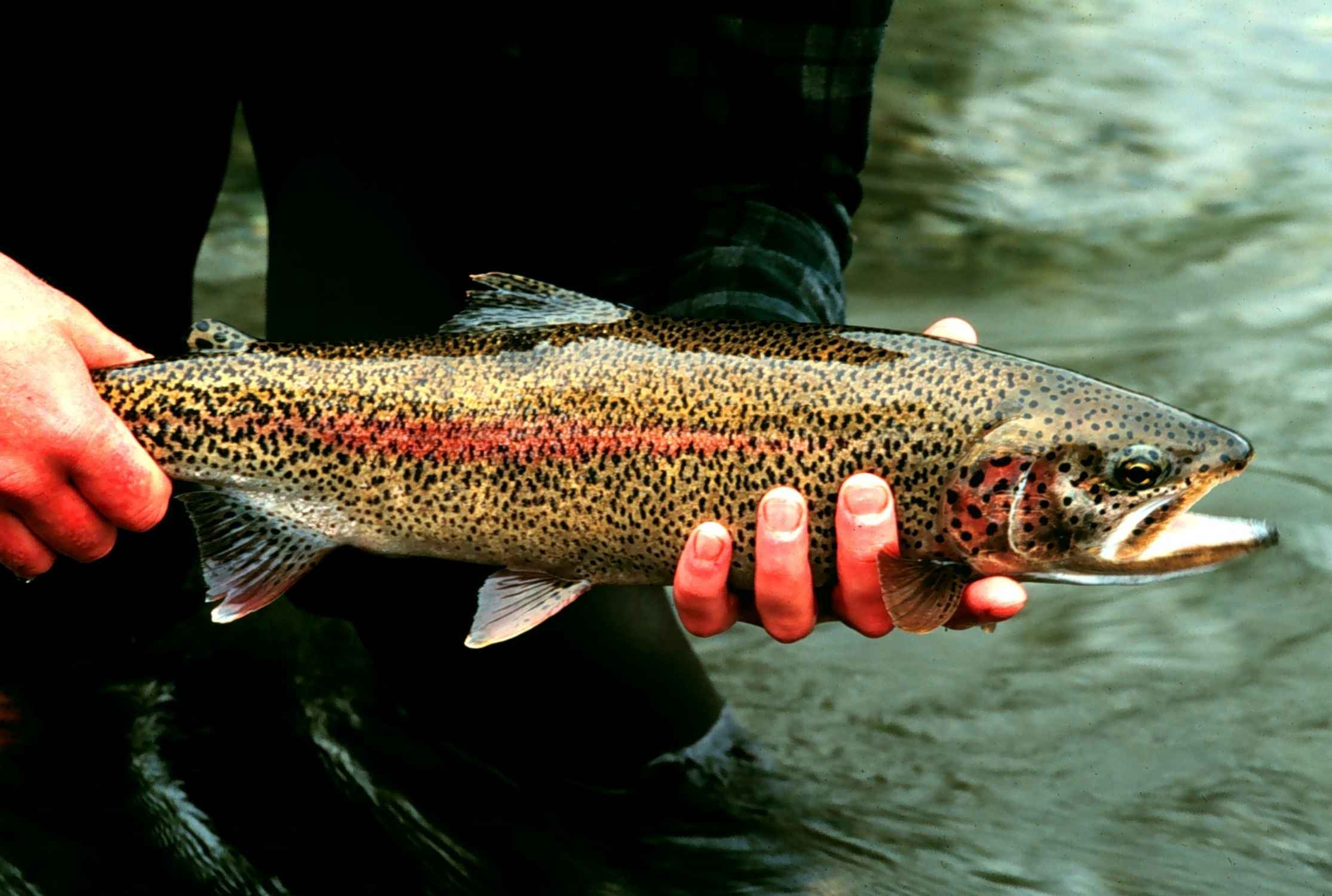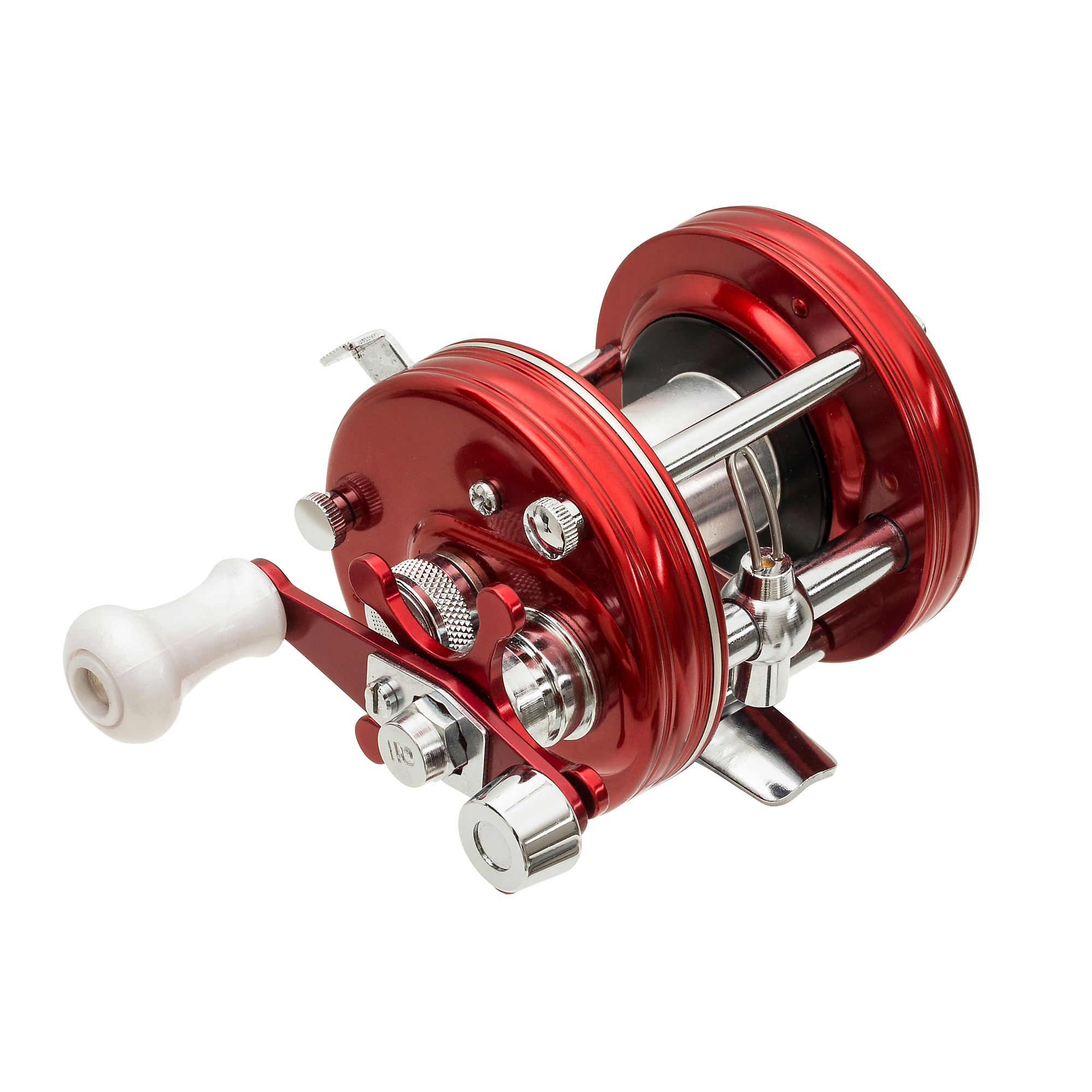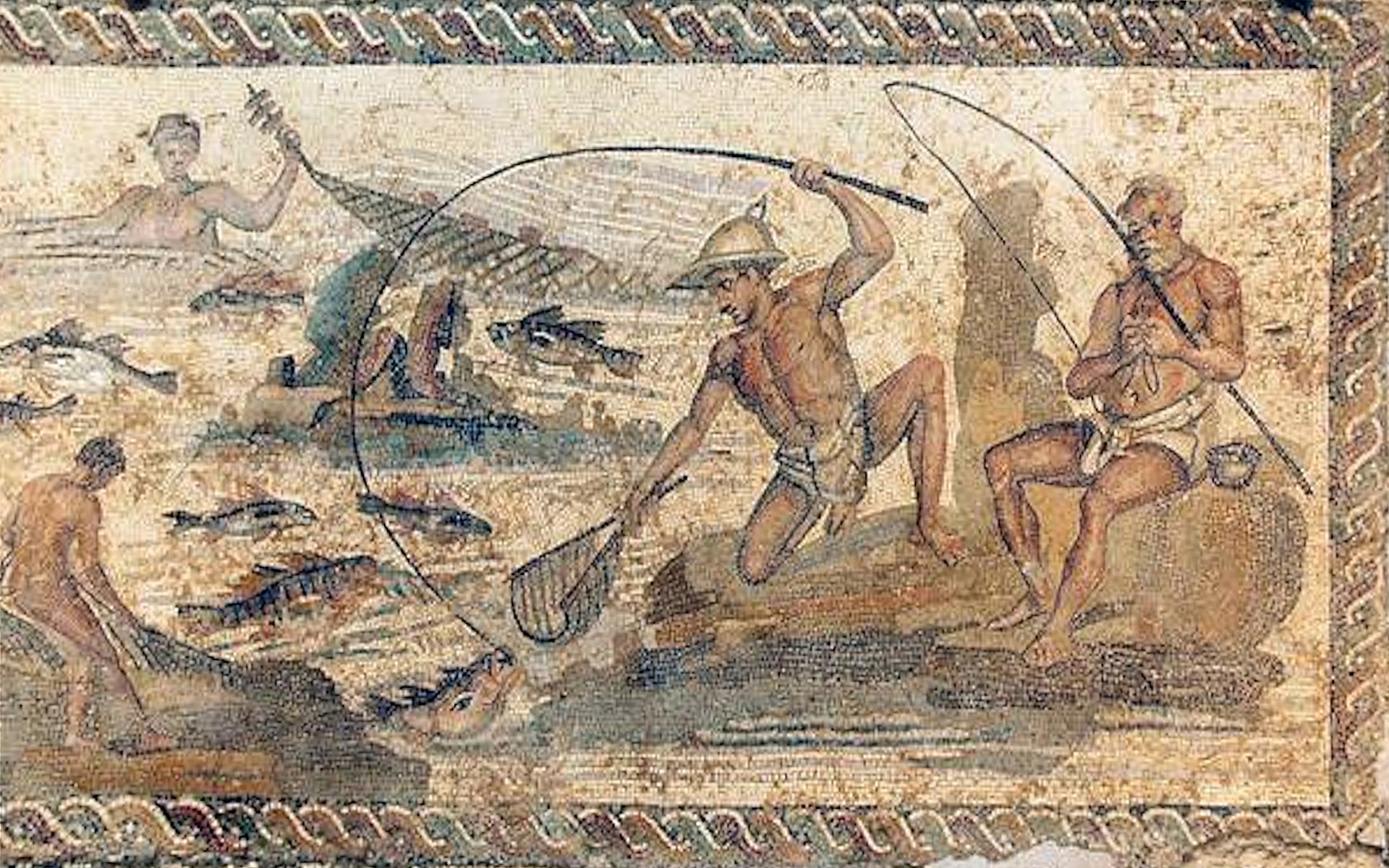Background:
The late 19th century marked a period of fervent exploration and experimentation in the world of fisheries management, driven by the aspirations of organizations like the Victorian Acclimatization Society in Australia. In the 1870s and 1880s, the society embarked on a groundbreaking mission to introduce non-native species to Australian waters, seeking to establish a recreational angling fishery. One of the prominent species in this endeavor was the Rainbow Trout (Oncorhynchus mykiss), a freshwater fish native to North America’s Pacific Coast.
Victorian Acclimatization Society: Pioneers of Change
Founded in 1861, the Victorian Acclimatization Society aimed to acclimate and introduce various plants and animals to the Australian environment, believing that this would contribute to the development of a more vibrant and sustainable ecosystem. Their interests extended to introducing species for economic, aesthetic, and recreational purposes, setting the stage for the introduction of Rainbow Trout.
Motivations for Introduction:
Several factors fueled the decision to introduce Rainbow Trout to Australian waters. The primary motivation was the desire to establish a recreational fishery that would cater to the preferences of anglers. Rainbow Trout’s reputation as a vigorous and exciting sportfish, coupled with its adaptability to various environments, made it an attractive candidate for introduction.
Importation of Rainbow Trout Fry and Eggs:
The logistical challenges of introducing a non-indigenous species across the globe were substantial. The Victorian Acclimatization Society collaborated with counterparts in North America to facilitate the transport of Rainbow Trout fry and eggs to Australia. These delicate and vulnerable stages of the fish’s life cycle were carefully packaged and transported to ensure their viability upon arrival.
Initial Stocking Efforts in Victoria:
The society’s early stocking efforts were concentrated in the state of Victoria, where the cool, clear waters were deemed suitable for Rainbow Trout. Various water bodies, including rivers and streams, became experimental grounds for the introduction of these North American transplants. Stocking locations were strategically chosen to maximize the chances of successful adaptation and establishment.
Challenges and Lessons Learned:
The early introductions were not without challenges. Acclimating Rainbow Trout to unfamiliar conditions required a nuanced understanding of the ecological dynamics of Australian waterways. Initial attempts faced setbacks, including issues related to water quality, habitat suitability, and predation. However, these challenges provided valuable insights that would shape future stocking strategies and contribute to the eventual success of Rainbow Trout in Australian waters.
Legacy of Early Introductions:
The legacy of the early introductions of Rainbow Trout in the 1870s and 1880s extends beyond the initial challenges. The successful naturalization of Rainbow Trout populations in Victoria laid the foundation for their spread to other Australian states in the following decades. The lessons learned during these pioneering efforts informed subsequent stocking programs, contributing to the establishment of Rainbow Trout as a prominent and enduring feature of Australia’s freshwater ecosystems.
Pioneering Stocking Efforts of Rainbow Trout in Australia (1870s-1880s)
The late 19th century witnessed the ambitious endeavours of the Victorian Acclimatization Society in Australia to introduce non-native species, with the Rainbow Trout (Oncorhynchus mykiss) being a notable focus. This chapter delves into the pioneering stocking efforts that marked the initial stages of introducing Rainbow Trout into Australian waters during the 1870s and 1880s.
Selection of Stocking Locations:
The Victorian Acclimatization Society, driven by a vision to establish a thriving recreational angling fishery, carefully selected stocking locations in the state of Victoria. The cool and clear waters of Victorian rivers and streams were identified as ideal environments for the introduction of Rainbow Trout. Early experiments focused on understanding the adaptability of these North American fish to the Australian ecosystem.
Transportation Challenges:
The logistics of transporting Rainbow Trout fry and eggs from North America to Australia in the late 19th century presented considerable challenges. The delicate nature of the fry and eggs required innovative packaging techniques to ensure their survival during the arduous journey across the globe. Collaboration with counterparts in North America was crucial in facilitating the successful transportation of these early introductions.
Trial and Error:
The initial attempts at stocking Rainbow Trout in Victoria were marked by a period of trial and error. The society grappled with various challenges, including issues related to water quality, habitat suitability, and the adaptation of the introduced species to their new surroundings. Not all initial stocking efforts were successful, but each setback provided valuable lessons that would shape future endeavours.
Adaptation to Australian Waters:
The adaptability of Rainbow Trout to Australian waters became apparent as surviving populations established themselves. Those early individuals demonstrated a capacity to thrive in diverse freshwater environments, from meandering streams to more placid rivers. The success of these pioneering populations marked a turning point in the introduction efforts, affirming the potential of Rainbow Trout to naturalize and spread across the Australian landscape.
Expansion Beyond Victoria:
Buoyed by the success of Rainbow Trout in Victoria, the Victorian Acclimatization Society began expanding their stocking efforts to other Australian states. New South Wales, Tasmania, South Australia, and selected regions of Western Australia became recipients of Rainbow Trout introductions. Each new location posed unique challenges and opportunities, contributing to the diversity of Rainbow Trout populations across the continent.
Legacy of Pioneering Stocking Efforts:
The pioneering stocking efforts of Rainbow Trout in the 1870s and 1880s left an enduring legacy. They laid the groundwork for the establishment of self-sustaining populations and set the stage for Rainbow Trout to become a cornerstone of Australian freshwater sportfishing. The lessons learned from these early introductions became the foundation for subsequent stocking programs, shaping the trajectory of Rainbow Trout in Australian waters.
In the following chapters, we will explore the naturalization and spread of Rainbow Trout, their economic and recreational impact, and the conservation challenges and management strategies that have defined their presence in Australia.
Naturalization and Spread of Rainbow Trout in Australia (Late 19th Century – Early 20th Century)
Following the pioneering stocking efforts of the Victorian Acclimatization Society in the late 19th century, the Rainbow Trout (Oncorhynchus mykiss) began a transformative journey towards naturalization and widespread establishment in Australian waters. This chapter explores the pivotal period from the late 1800s to the early 1900s, during which Rainbow Trout populations adapted to their new environment and spread across the continent.
Adaptability to Australian Environments:
The success of early introductions paved the way for the naturalization of Rainbow Trout in Australian waters. These North American transplants displayed a remarkable capacity to adapt to diverse freshwater environments. From the cool streams of Victoria to the placid rivers of New South Wales, Rainbow Trout showcased their resilience and ability to thrive, marking the beginning of their widespread presence.
Self-Sustaining Populations:
As Rainbow Trout adapted to their new surroundings, they began forming self-sustaining populations. Successful naturalization efforts were particularly evident in Victoria, where the initial stocking efforts had been concentrated. These early populations played a crucial role in establishing Rainbow Trout as a permanent fixture in Australian ecosystems.
Spread to Other Australian States:
Buoyed by the success in Victoria, the naturalization and spread of Rainbow Trout extended to other Australian states. The Victorian Acclimatization Society and other fisheries management entities actively facilitated the expansion of Rainbow Trout populations. New South Wales, Tasmania, South Australia, and select regions of Western Australia saw the intentional introduction of Rainbow Trout, contributing to the species’ geographic diversity across the continent.
Challenges and Setbacks:
While the naturalization of Rainbow Trout was largely successful, it was not without challenges. The adaptability that allowed them to thrive also posed ecological concerns. Reports of potential predation on smaller native fish and competition for resources prompted a reassessment of stocking strategies and the development of more nuanced fisheries management approaches.
Economic and Recreational Significance:
The late 19th and early 20th centuries saw the economic and recreational significance of Rainbow Trout grow substantially. Dedicated trout fisheries were established, attracting anglers from various regions. The popularity of Rainbow Trout as a sportfish contributed to the growth of freshwater sportfishing in Australia, providing a boost to local economies associated with fishing tourism.
Legacy of Naturalization and Spread:
The successful naturalization and spread of Rainbow Trout in Australia during the late 19th and early 20th centuries left a lasting legacy. The adaptability and resilience of this introduced species transformed it from a novel experiment to a key component of Australia’s freshwater ecosystems. The geographic diversity of Rainbow Trout populations and their economic and recreational contributions underscored the far-reaching impact of their establishment.



